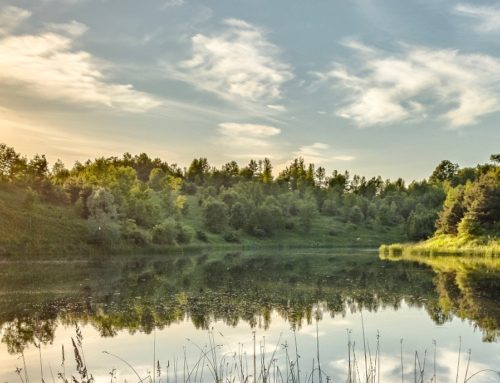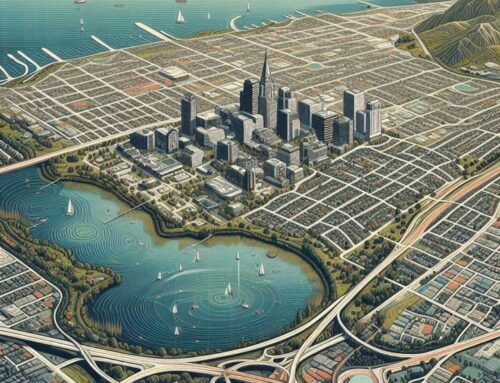The City of Berkeley is progressive in its approach to city management and technology. They’ve worked with Geographic Technologies Group (GTG) for several years to identify their greatest GIS needs and implement a multi-year GIS Strategic Plan. Among the departments noted in their plan is the City’s Parks and Recreation Department.
In the fall of 2019, GTG began the implementation of GreenCityGIS solutions and services for the City of Berkeley’s Parks and Recreation. Two primary initiatives for this department were to set up comprehensive asset management with GIS, and the completion of a park and tree inventory. To ensure complete datasets, GTG’s field crew began by performing an inventory of parks and park assets that were not already in the system. Once that process was complete, they moved on to inventory over 300 trees there were planted in the last few years so that these details could be added to the existing database of city trees.
The data cleanup process took place next, with GIS technicians integrating all data layers to create complete datasets of area parks, recreation areas, assets, and trees. When technicians collect data in the field, they only reference general locations. The cleanup process involved a review of available aerial imagery to create fully fleshed out baseball diamonds, playgrounds, and facilities for accuracy of location and available space. Smart applications include widgets to allow users to design a field, parking lot, or trail with a high degree of accuracy, which aids in the planning process.
Building Smart Cities requires future planning with data collection and creation. During the tree inventory, GTG staff also recorded the height of all collected trees. This information, while not currently utilized, will be used to create 3D models of city parks and will increase the accuracy of onsite tree representations. GTG plans to import the collected parks and recreation data to Esri 3D templates to create interactive maps. While not all assets will be exact (as they are represented by Esri’s stock 3-D icons), the 3D visuals will be useful in providing staff with an idea of park layouts and structures and will create a virtual tour for use in decision-making about new purchases, equipment placement, etc.
There remains an ongoing potential for The City of Berkeley Parks and Recreation Department to evolve and grow their GIS with GreenCityGIS applications. As the city moves forward with its GIS initiatives, they may consider pulling in socioeconomic data, community demographics, property values, and crime data to view the situation around existing parks. There are even options to pull in data about recreation users and plot address points for those who have signed up for recreation programs. These data layers will help provide answers to questions such as “Is the park system serving surrounding communities? Are there things we can do to better the situation in ask risk neighborhoods? Is there sufficient transport in the area to provide citizen access to available parks and recreation spaces?” Answering these questions and taking action to address them creates engaging and healthy communities for all citizens to enjoy. It is the goal of Berkeley to better their city for all residents, and they’ve turned to GIS to achieve this goal.
To learn more about GTG and Smart City solutions, visit SmartCityGIS.com or call the GTG team at 888.757.4222. For more about available products and services for Parks and Recreation, visit GreenCityGIS.com.






